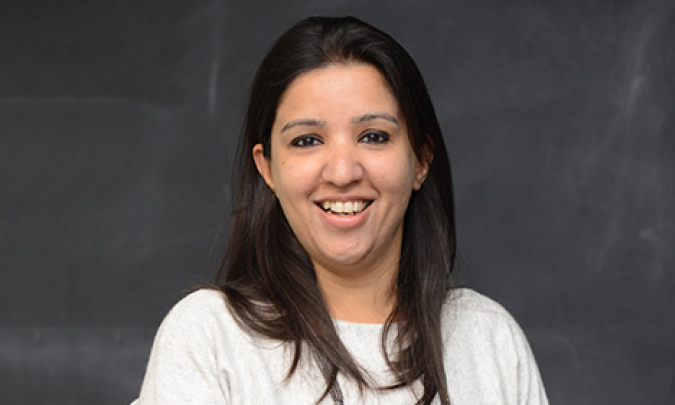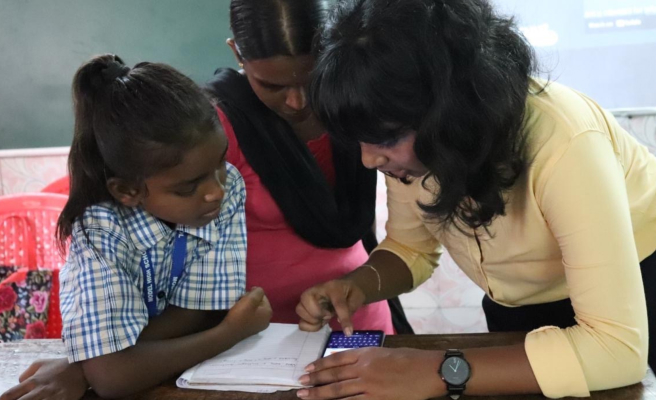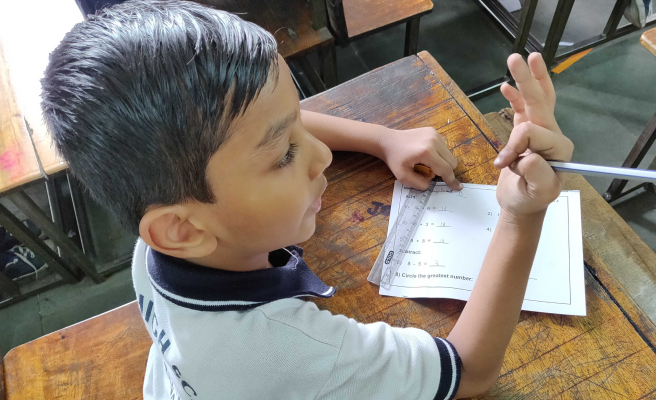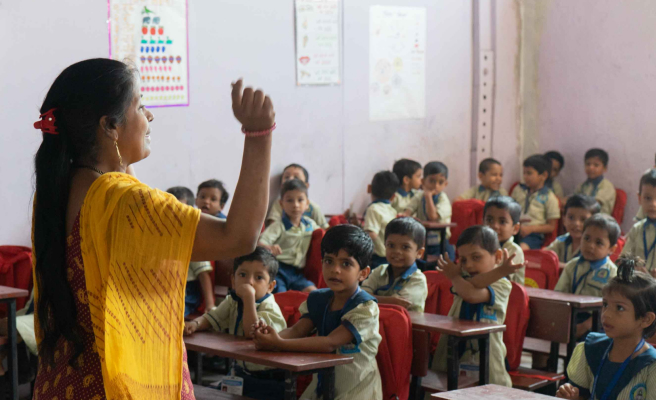Rewriting the Future
Addressing Learning Poverty for Millions of Children
We address learning poverty through research-driven FLN solutions that create impact at all levels, with a strong emphasis on building teacher capacity. Our programs focus on improving foundational literacy and numeracy (FLN) outcomes for students in grades 1 to 8.
All three programs are guided by four core pillars of PARaM Prepare, Assess, Remediate and Motivate. These pillars enhance the classroom practices of teachers and foster FLN outcomes for students.
OUR EXPERTISE
User-Centred Program Design
Our programs are tailored to the needs of students, teachers, and schools to drive maximum impact.
Robust Monitoring and Evaluation
We have systems in place that measure progress, refine approaches, and deliver consistent results.
Data-Driven Implementation
We rely on strong data insights to optimize delivery and drive sustainable success.
Our expertise ensures every solution works effectively, creating measurable change in foundational learning outcomes
OUR IMPACT
OUR REACH
OUR REACH
Our Work
OUR REACH ON FIELD
OUR REACH ON FIELD
OUR REACH ONLINE
OUR REACH ONLINE
OUR WELL WISHERS

Jaya George
Former Director - Education, Christel House India
"I commend 321's team for their passion and commitment to improving the quality of the teaching learning process. I have seen them constantly learning and innovating to ensure that there is synergy between pragmatism and creativity in their curriculum and training programs. They constantly audit their programs and make sure that all stakeholder needs are addressed."

Shaveta Sharma-Kukreja
CEO & MD, Central Square Foundation
"When we began our collaboration in 2013, the mandate seemed onerous but 321 took charge by saying they will show children can learn & are learning. By designing (printing & delivering) curriculum as well as aligned in-class student resources supported by teacher training, they have done just that. They achieve their stretch goals and then begin aiming even higher!"





